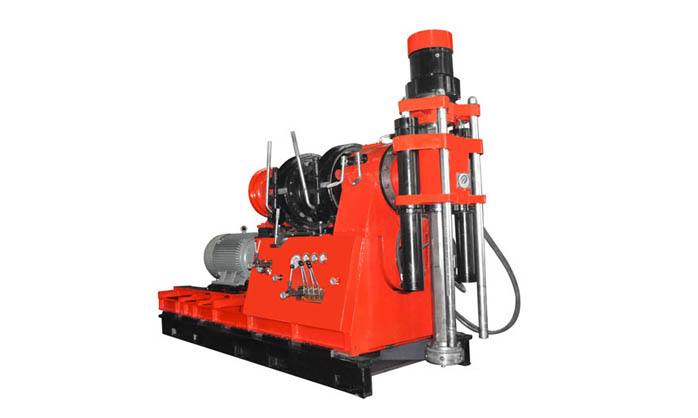Working principle of
hydraulic drill: this drill is mainly composed of oil supply and distribution system, energy storage system, energy conversion system, vibration reduction and support system, and operating tool system. The impact cycle can be divided into four stages.
Hydraulic drill stage one: the hydraulic oil from the high-pressure oil source enters the lower end of the plunger and pushes the plunger upward.
Hydraulic drill the second stage: during the rising process of the plunger, the valve sleeve is pushed upward until the fixed position, so that the high-pressure oil passes through a calibrated inlet between the valve sleeve and the plunger to supply oil to the chamber, while the nitrogen reservoir diaphragm also compresses nitrogen upward for energy storage.
Hydraulic drill stage 3: when the liquid pressure on the upper end of the plunger exceeds the liquid pressure on the lower end, the force imbalance causes the plunger to accelerate downward while the energy reservoir provides the amount of oil needed for rapid movement. During the downward movement, the plunger opens the throttle hole so that the sleeve also drops. The plunger continues to move down until it strikes the crushing tool.
Hydraulic drill stage 4: in the process of downward movement, the valve sleeve cuts off the oil supply to the chamber and communicates it with the low-pressure return line, so that the whole process returns to the original position. And so on and so on, so that the automatic continuous strike.



